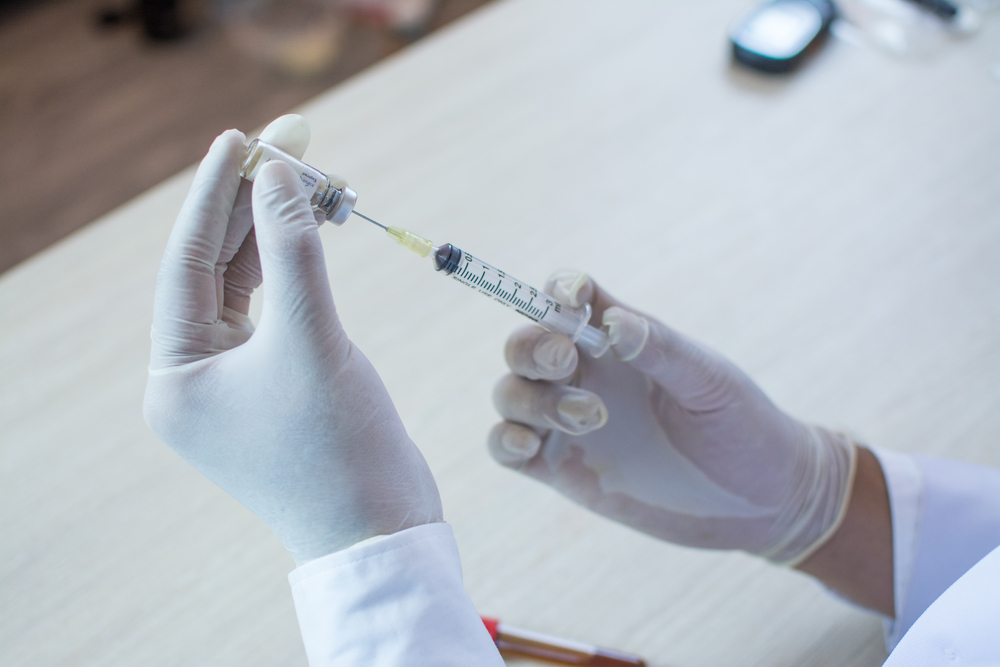What’s The Best Way to Floss
We all know we should floss, but it can be tough. Part of this is because flossing can feel like an extra task in an already busy day, but it...

Chronic dental pain can make even the most simple tasks impossible. Finding it difficult to concentrate at work, struggling with obtaining quality sleep, or noticing a change in your mood are all ways chronic discomfort can affect your life.
Botox is an excellent option for helping dental patients find relief from chronic pain, in addition to helping correct minor smile imperfections.
Temporomandibular Joint (TMJ) disorder affects the joint connecting your jaw to your skull and the muscles that help move it. If you are experiencing persistent pain, tenderness in your jaw, or cannot open or close your mouth thoroughly, you may have a jaw disorder.
Your jaw holds a lot of tension, and many of us don’t notice when we’re clenching or grinding our teeth. Many adults also clench their jaw while sleeping, leading to stress and wear on the jaw joints. Stopping your jaw from clenching can be challenging in addition to finding relief from the accompanying pain. Botox can help relieve jaw tension by making the muscles unable to engage in the jaw’s powerful and often unconscious movement that produces headaches and discomfort.
Botox can help you find relief if you suffer from frequent migraine headaches or live in anguish from tension headaches. Debilitating headaches can be incredibly disruptive to your life, and the pain can strike at any time. Experiencing this type of pain can quickly interfere with your plans and your mood.
Botox can help you feel a noticeable improvement within one or two days after injection. Botox injections are non-surgical and performed right in our dental office with no downtime required.
Physical discomfort isn’t the only benefit of Botox when used in dentistry. While dental surgery can correct a gummy smile relatively painlessly, this type of surgery is intrusive and requires several weeks of healing. Botox can immediately improve a gummy smile by having Botox injected directly into the muscle that controls and elevates the upper lip. These injections allow the muscles to relax, which leads to a reduction in gum tissue exposed when you smile.
Botox injections require no downtime, and they last for roughly six months before maintenance injections are necessary.
Botox can be used as a final step in facial aesthetic restoration. Your smile’s symmetrical appearance can make a big difference, and Botox can help make your smile more visually appealing.
Smile lines are creases and wrinkles that form on the skin that affects the way your smile looks. These deep lines are caused by aging, extensive exposure to UV light, smoking, lack of sleep, unusual sleeping positions, and stress.
Nasolabial Lines
The nasolabial lines extend from the nose to the outer corner of the mouth.
Marionette Lines
These lines appear at the corner of the mouth and are a typical result of smiling in addition to aging.
Botox injections between the lip and the skin will cause the orbicularis muscle to relax, helping to soften lip lines and dramatically improve a person’s smile. By improving such skin folds with injected medicine, the muscles are restored to their original tenacity. Botox eases the muscles involved in the smiling process, leaving you with a flawless appearance.
If you’ve been suffering from chronic dental pain related to TMJ and you haven’t had results with other treatments, it’s time to talk to your dentist about Botox. At Hoffman Dental Care, we can help you decide if Botox is the right treatment option for your symptoms, and if Botox can help address any other areas of aesthetic concern with your smile.
For more information on Botox, call us today to schedule a consultation.